Submitted by Flora Jing Lin Ng
John Hedjuk’s debut exhibition in the East: Shanghai Masque in Power Station of Art Shanghai
China Architecture News - Nov 15, 2021 - 13:11 3347 views
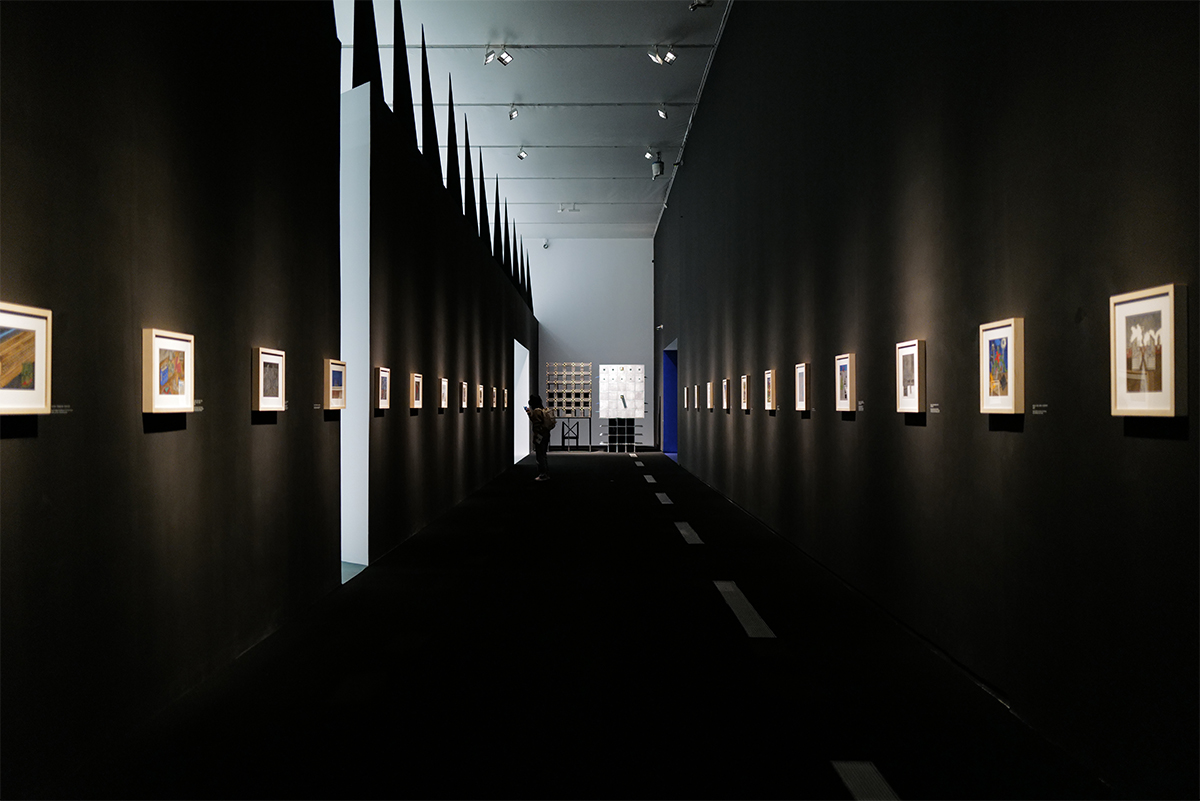
From 13 November 2021 to 15 February 2022, the Power Station of Art (PSA) will host the exhibition "John Hejduk: Shanghai Masque", presenting a unique case in the history of 20th-century architecture.
The exhibition is curated by Yung Ho Chang from Atelier FCJZ, Ge Ming, professor and deputy dean of the School of Architecture of Southeast University and He Weiling, Associate Professor at the College of Architecture. It is the first large-scale exhibition of Hejduk in Asia, showcasing paintings, installations, manuscripts, videos, and documents in an never seen before setting. Large-scale “structures” specially produced for the exhibition by the students and faculty from Southeast University will be on display.
Inspired by the event of a masque, the exhibition will bring iconic characters and forms created by Hejduk to life, arrayed like a symphony of architecture and other disciplines.
John Hejduk (1929-2000) was an American architect, educator, artist, and poet. Hejduk was born in New York in 1929 during the Great Depression in the United States. He studied architecture at the The Cooper Union, the University of Cincinnati, and The Graduate School of Design, Harvard University before working at a number of architectural practices including I. M. Pei & Partners.

Image © Power Station of Art
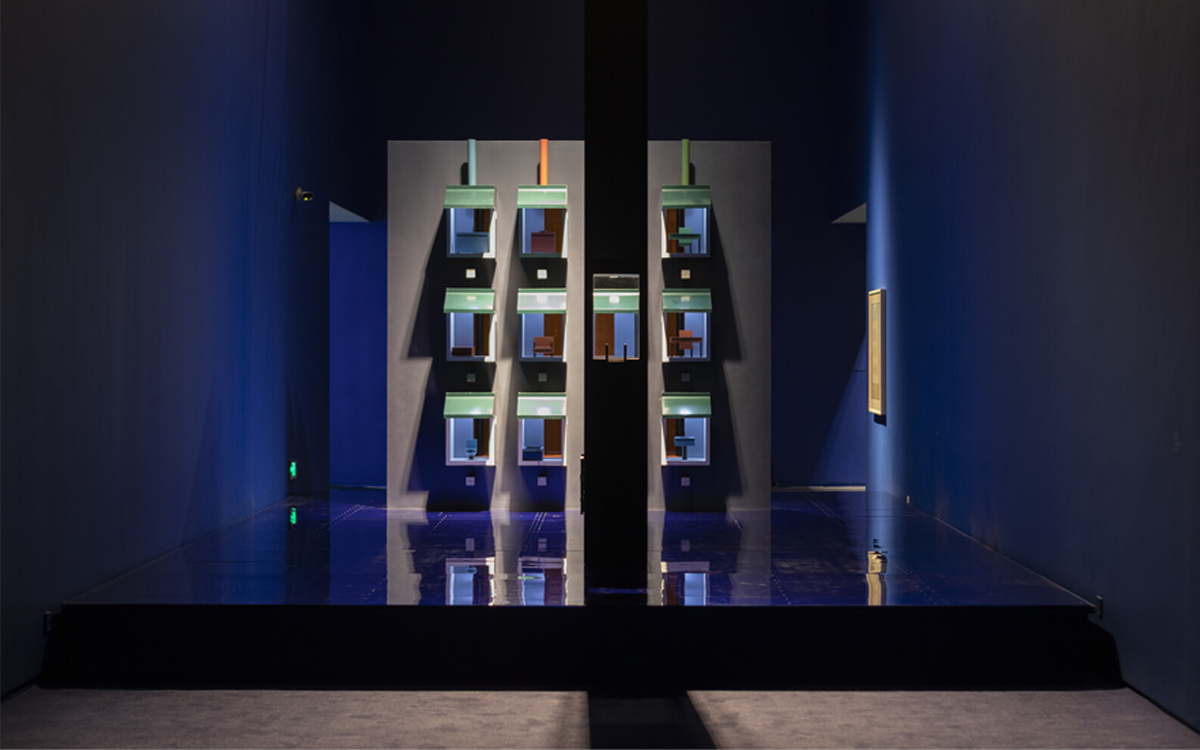
Image © Power Station of Art
The “Shanghai Masque” starts with a gigantic installation “Book Market” - an in-situ reconstruction of Hejduk's iconic “structures”, through which viewers can freely wander into the exhibition. The Blue Hall presents the “House for the Inhabitant Who Refused to Participate”, revealing how Hejduk reflected on the relationship between architecture and its social context in an allegorical way. In the Black Hall that follows, “Church”, “Death House”, “Court House” and “Prison House”, the four characters seen in the “Lancaster/Hanover Masque” are presented in juxtaposition with the “Berlin Night” project - a project Hejduk created in later years - to traverse his philosophical thinking about time and society.
Tailored to different urban narratives, these "structures" do not follow conventional architectural forms and functions, and are usually composed of basic geometric shapes and their deformations, occasionally accompanied by some biomorphic elements.
Hejduk’s “structures” of all shapes and sizes are endowed with different personalities and expressions, as if they were mask-wearing actors who tour different cities and perform different narratives. Therefore, the "nomadic" nature embedded in the “Masques” represents Hejduk’s intervention in society in an anti-monumental way, in his words, "we are in a nomadic age."
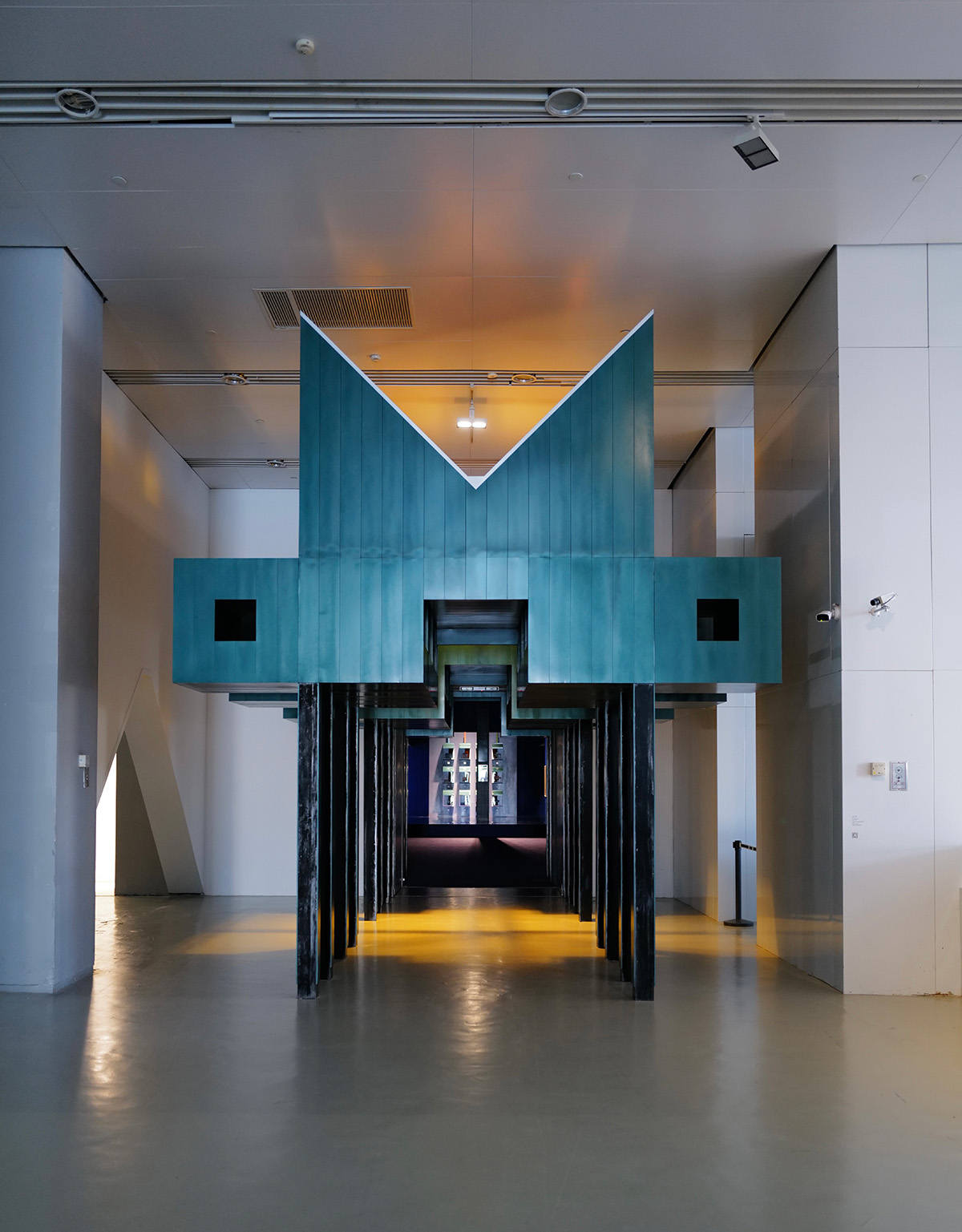
Image © Flora Jing Lin Ng

Image © Flora Jing Lin Ng
As an innovative architectural educator, John Hejduk taught at The Cooper Union for the Advancement of Science and Art from 1965 to 2000, subsequently named as Professor of Architecture and Dean of the School of Architecture, where he leveraged education to influence generations of prospective architects. Between 1954 and 1956, he was invited to teach at the University of Texas, and formed the “Texas Rangers” with other lecturing young architects–the group is known for their emphasis on visual and formal complexity and for their development of an innovative curriculum, including the “Texas House” (1954-1962) for teaching demonstration and nine-square grid training, and the “Diamond House” (1962-1968) developed with a 45-degree rotation of its axis and plane under the influence of Piet Mondrian and Cubism.
Later, Hejduk kept experimenting with the apex and diagonal projection plane of the rhombus and continued to explore spatial reconfigurations and compressions, eventually came up with the “Wall Houses” (1964-1970) in which time collapses. And that’s why the White Hall resembles a brightly lit operating theatre, as if it were trying to ruthlessly and convincingly dissect Hejduk's anatomy-like experiments and thoughts.

Image © Flora Jing Lin Ng
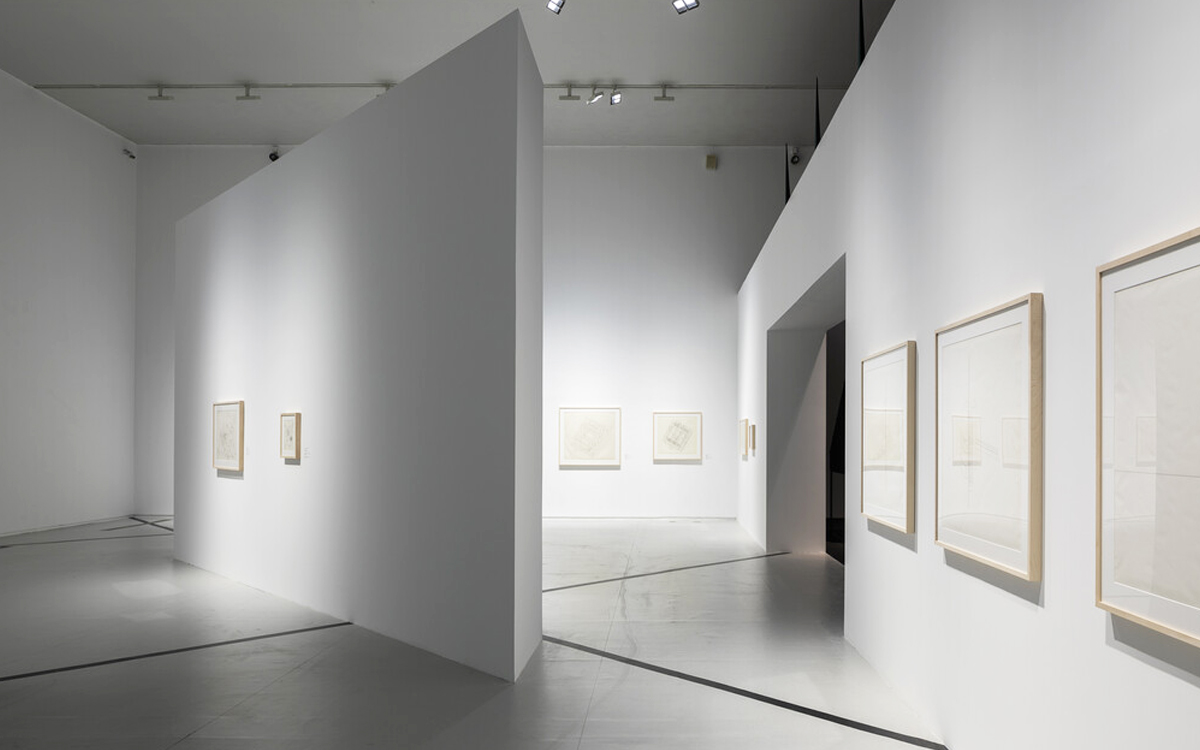
The White Hall. Image © Power Station of Art
Hejduk was not only a distinguished architect, educator, and historian, but also an artist and poet. Hejduk firmly believed that “Art, be it painting, literature or architecture, is the remaining shell of thought”. Thus most of his architectural imaginations and cross-media practices exist only on paper. Hejduk’s unremitting efforts have succeeded in expanding the scope of architectural field, shaping various disciplines and inspiring generations of architects and artists to come.
Evidently, the title of the exhibition is inspired by the best-known works of John Hejduk “Masques” (1979-2000). The masque was a form of courtly entertainment that originated in England in the 16th and 17th centuries. The word can also refer to the stage set involved, and architects were often invited to participate in the design of stages and costumes. Hejduk thus drew attention to the architect Inigo Jones, who was the first to participate in such design in the 18th century. Hejduk believed that Jones mastered all the illusions on stage, by not only manipulating the architecture, but also employing materials such as sound and light. In the late 1970s, Hejduk started to develop a series of “structures” titled “Masques”.
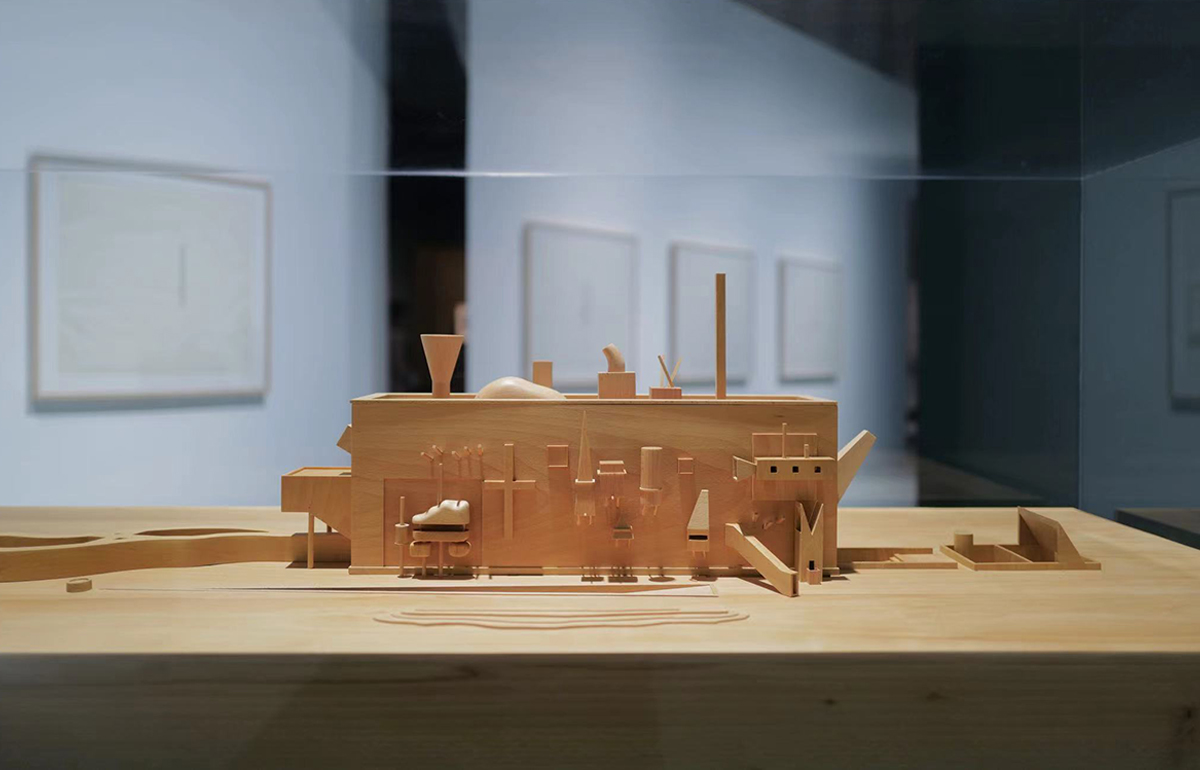 Image © Flora Jing Lin Ng
Image © Flora Jing Lin Ng

"Axonometric for Texas House 1", 1954-1963, graphite on translucent paper, 73.6x78.8cm. Courtesy of John Hejduk fonds and Canadian Centre for Architecture. Image © CCA
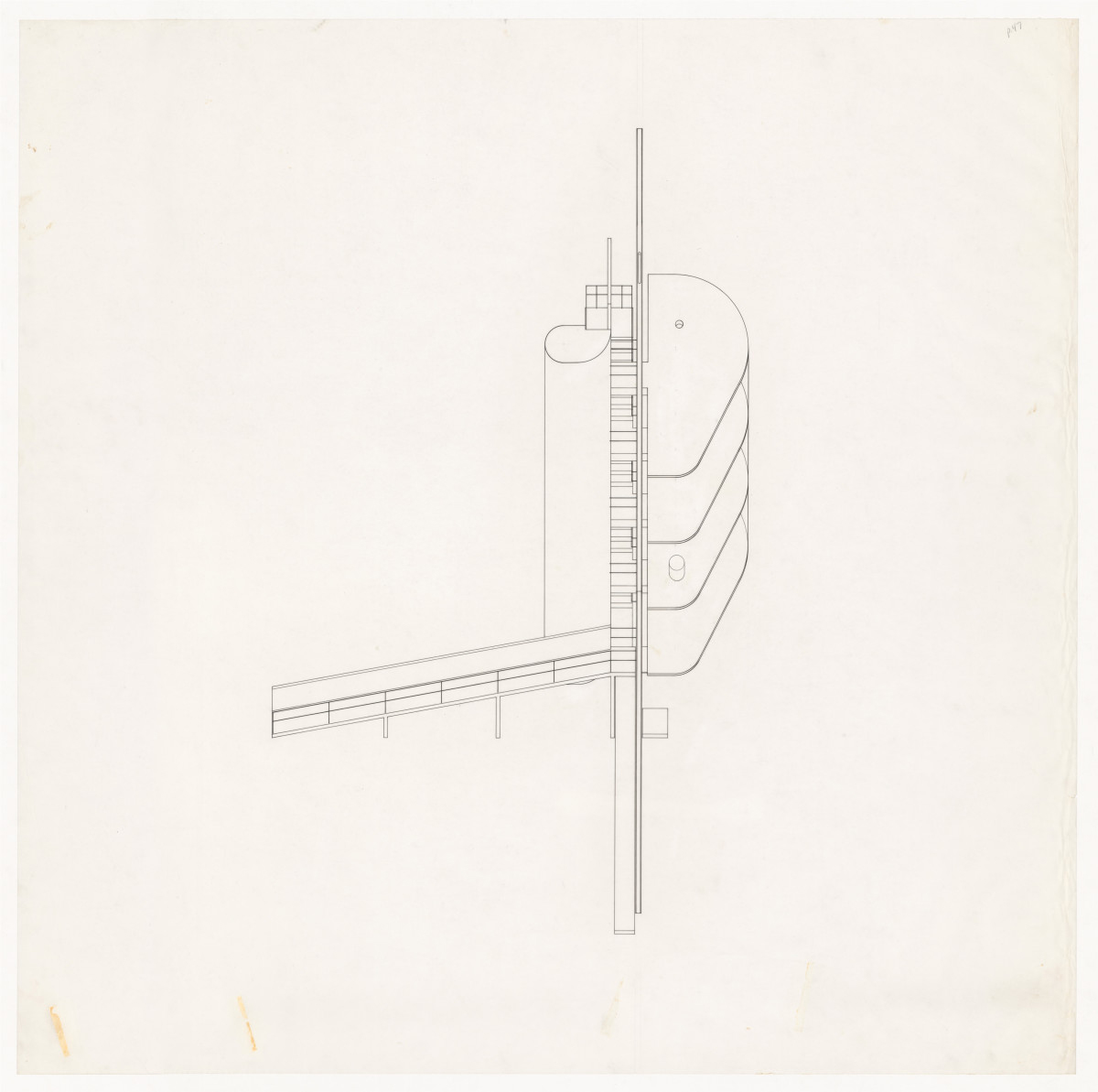
Axonometric for Wall House 1", 1968-1974, ink on translucent paper, 93x93cm. Courtesy of John Hejduk fonds and Canadian Centre for Architecture. Image © CCA
As an innovative architectural educator, John Hejduk taught at The Cooper Union for the Advancement of Science and Art from 1965 to 2000, subsequently named as Professor of Architecture and Dean of the School of Architecture, where he leveraged education to influence generations of prospective architects.
Between 1954 and 1956, he was invited to teach at the University of Texas, and formed the “Texas Rangers” with other lecturing young architects–the group is known for their emphasis on visual and formal complexity and for their development of an innovative curriculum, including the “Texas House” (1954-1962) for teaching demonstration and nine-square grid training, and the “Diamond House” (1962-1968) developed with a 45-degree rotation of its axis and plane under the influence of Piet Mondrian and Cubism. Later, Hejduk kept experimenting with the apex and diagonal projection plane of the rhombus and continued to explore spatial reconfigurations and compressions, eventually came up with the “Wall Houses” (1964-1970) in which time collapses. And that’s why the White Hall, the final chapter of the PSA exhibition, will resemble a brightly lit operating theatre, as if it were trying to ruthlessly and convincingly dissect Hejduk's anatomy-like experiments and thoughts.
Since 2013, Power Station of Art Shanghai has presented a series of themed program: “Architecture & City” Exhibitions and Research, launching themed exhibitions, seminars, and supporting publishing plans every year. With architecture as a comprehensive social device, PSA is hoping to tell stories between cities and their inhabitants, as well as explore the intricate relations between the individual, space, and mechanisms of power. Until now, the museum has held related exhibitions including “Kazuo Shinohara” (2014), “Piece by Piece: Renzo Piano Building Workshop” (2015), “Mobile Architecture: Yona Friedman” (2015), “New British Inventors: Inside Heatherwick Studio” (2015), “Sou Fujimoto: Futures of the Future” (2015), “Anti-Climax Poetry: Sakamoto's Architecture” (2015), “Bernard Tschumi – Architecture: Concept & Notation” (2016), “Ordinary Metropolis – Shanghai: A Model of Urbanism” (2016), “Toyo Ito: On the Stream” (2017), “Balkrishna Doshi: Celebrating Habitat – The Real, the Virtual & the Imaginary” (2017),“Shigeru Ban–Works and Humanitarian Activities” (2017),“Superstudio 50” (2017), “The Rise of Modernity: The First Generation of Rangers”.
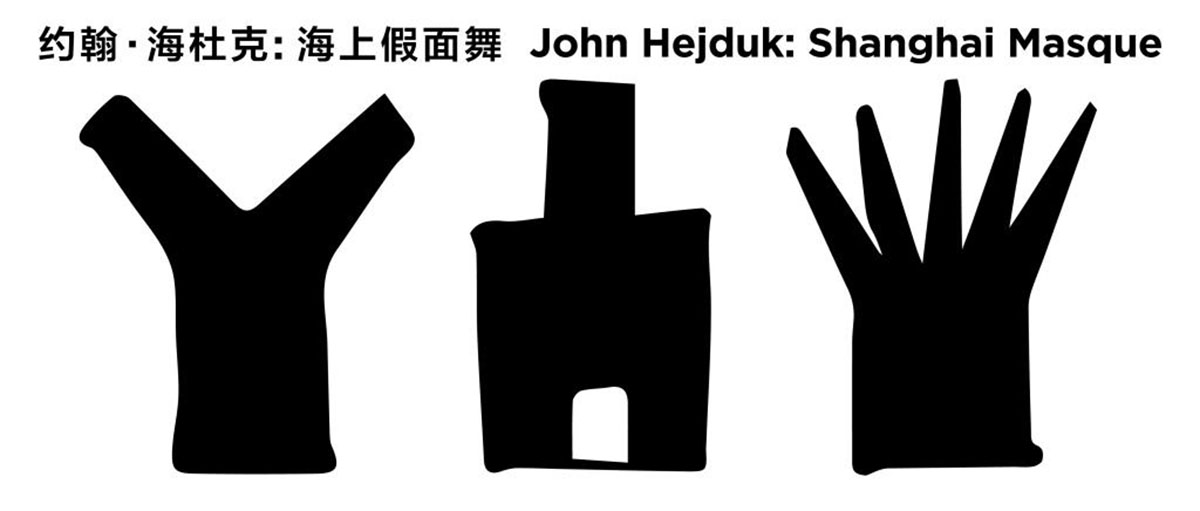 Exhibition Art © Power Station of Art
Exhibition Art © Power Station of Art
 Portrait of John Hedjuk. Image © CCA
Portrait of John Hedjuk. Image © CCA
Cover Image © Flora Jing Lin Ng
